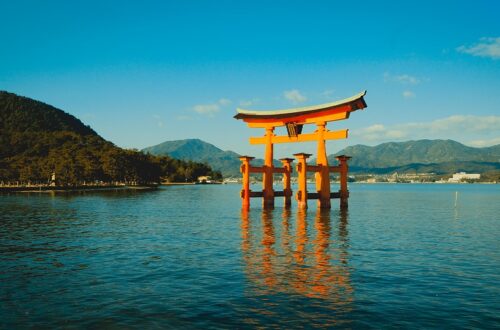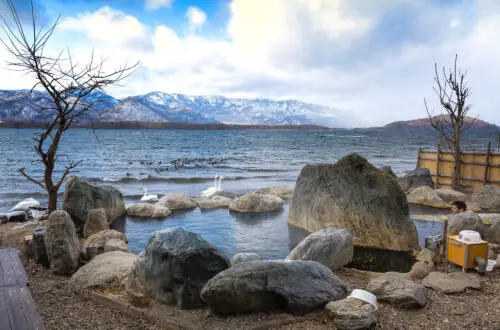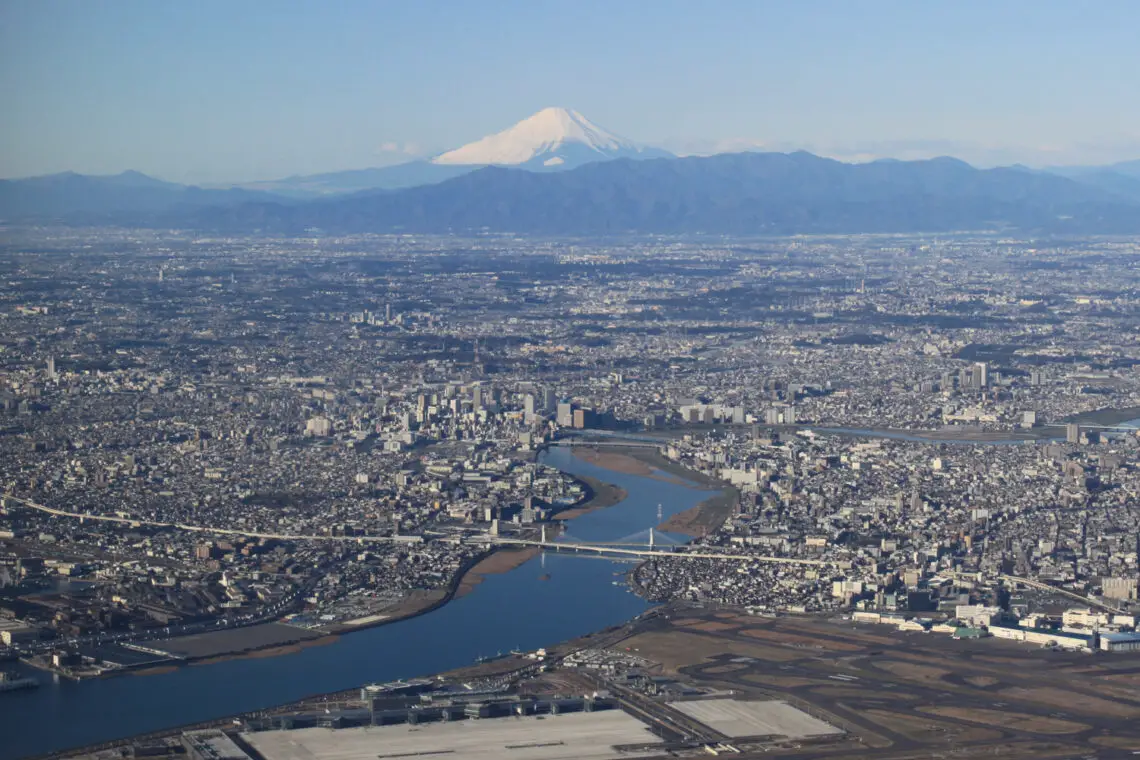
Tokyo to Fuji Travel Guide: Is Tokyo Near Mount Fuji?
Are you wondering whether Tokyo is near Mount Fuji? Well, there’s no need to worry! We are here with a detailed Tokyo to Fuji travel guide that will answer this question.
Tokyo is about 100 kilometers / 62 miles (air distance). You can reach Mount Fuji by either train, bus, car, via air, or even on foot. Train travel will take approximately 2 to 3 hours, while the bus will take about 2.5 hours. If you are decide driving, then it takes about 2 hours and 10 minutes. Trekking on foot from Tokyo will take approximately 29 hours.
Quick Navigation
A day trip to Mount Fuji is highly recommended from Tokyo whenever you’re in the country. In this guide, we’ve covered how you can reach the magnificent Mount Fuji from Tokyo. We will provide you with all the necessary information on the possible modes of transportation. We will also cover the different companies that offer these transportation services.
Ready to explore further? Visit the full Japan Travel Guide for routes, destinations, and essential travel advice.
Where is Mount Fuji?
Mount Fuji, or as the Japanese like to call it, Fuji-san, is located in the Chubu region, Central Honshu. This majestic geographical wonder stands tall at 3,776 meters (12,389 feet), making it the highest mountain in Japan. The mountain is located in the southwest direction from Tokyo, approximately 95 kilometers away. The snow-capped mountain is certainly a sight to behold, and in Japanese culture, it represents good luck and fortune.
Mount Fuji is one of the most popular tourist sites in Japan for both locals and foreigners. Even though it is a volcanic mountain with low chances of eruption, thousands of people throng the foothills of the Fuji-san each year. During the warmer summer months, climbers travel to this mountain to reach its summit. Most of the climbing starts at night. ‘Goraiko,’ a view of sunrise on Mount Fuji, is a beautiful sight to behold!
How to Get to Mount Fuji from Tokyo
As Mount Fuji is close to Tokyo, you can easily make a day trip from the city to visit Japan’s iconic symbol. There are many different travel options to choose from when you want to go to Mount Fuji from Tokyo. You can reach Mount Fuji by bus, taxi, rental car, plane, or even trek on foot. All the options are excellent, and the ultimate choice will depend on your convenience, budget, and time availability.
Let’s take a look at the different transportation options from Tokyo to Mount Fuji.
| Transportation Option | Travel Duration | Kilometers/Miles |
| Car | Approx. 2 hours 10 min | 138km/85.75mi |
| Bus | Approx. 2 hours 30 mins | 158km/98.18mi (not a direct journey) |
| Train | Approx. 2 to 3 hours | 96.56km/60mi |
| Plane | Approx. 0.1 hours | 94.59 km/58.77 mi |
| Foot | Approx. 29 hours | 124km/77.05mi |
Places Close to Mount Fuji
One important thing to note about travel to Mount Fuji is that you cannot directly reach the summit unless you are walking. Some cities and towns are navigable by different transportation options. You can get to the closest location to your trail of choice. From these towns, you can take the shuttle bus to the closest 5th station on the mountain. All the hikes start from either of the four 5th stations on different sides of the mountain to reach the summit of Mount Fuji.
The trails are open for hiking only in the climbing season. Yoshida Trail is open for hike from July 1 to September 10. Other three trails, Subashiri, Gotemba, and Fujinomiya, are open from July 10 to September 10.
During the climbing season, access roads to Fuji Subaru 5th Station, Fujinomiya 5th Station, and Subashiri 5th Station is closed for private vehicles. You can take a shuttle bus from the base of the mountain to reach the respective 5th Stations. The road to Subashiri 5th Station and Fujinomiya 5th Station is also closed from late November to late April.
- Gotemba – It is located on the Southeast base of the mountain. From Gotemba Station, you can take a shuttle bus to the Gotemba 5th station on the Gotemba Trail or Subashiri 5th Station for Subashiri Trail.
- Fujiyoshida – It’s a small city on the northern foothills of Mount Fuji. From here, you can take the shuttle bus to the Fuji Subaru Line 5th Station and trek on the Yoshida Trail. This 5th station is closest to the Kawaguchiko Station. There are two beautiful lakes on two sides of the town – Lake Yamanaka and Lake Kawaguchi (two of the Fuji Five Lakes).
- Fujinomiya – It is a small city at the base of Mount Fuji on the southern side. It is the closest starting point with easy access to Fujinomiya 5th Station for Fujinomiya Trail.
- Hakone – It is one of the most popular areas around Mount Fuji. The summit itself is a part of the Fuji-Hakone-Izu National Park. Hakone is not as close to Mount Fuji as others towns.
Traveling To Mount Fuji From Tokyo by Car
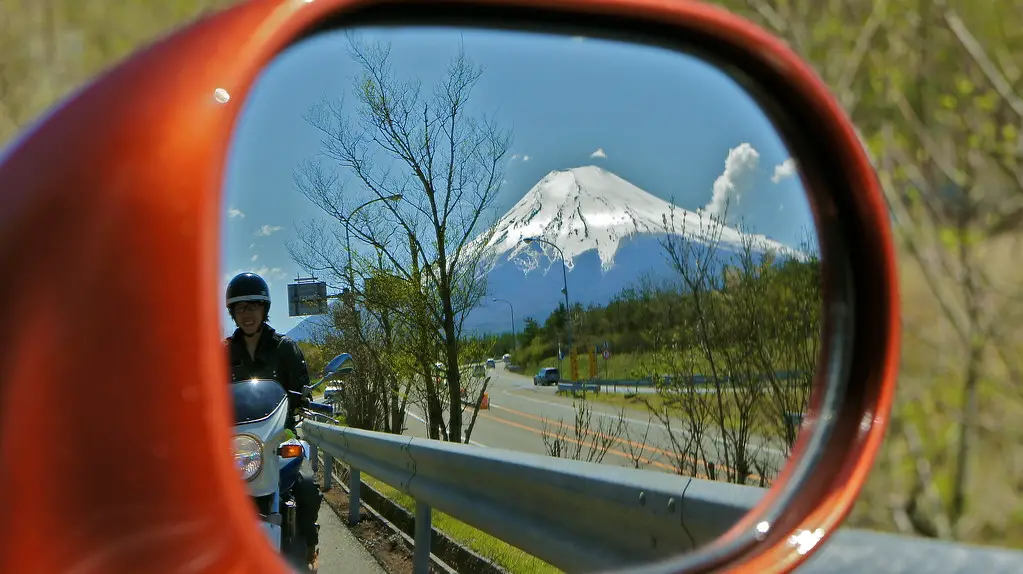
The most direct way to travel from Tokyo to Mount Fuji is by road. The distance lies somewhere between 139 km to 162 km, depending on the route you choose. If you maintain a decent speed within the speed limits, it will take about 2 hours 10 minutes on the 139 km route and 2 hours 20 minutes on the 162 km route. Ultimately it will depend on the time of the day and your planned stopovers.
Traveling via car is a perfect option if you don’t like traveling by public transport. Besides, if you are traveling in a group, taking a rental vehicle might be more economical. Taking a self-drive car is one of the best ways to navigate Japan, and you can check this post.
Rental Cars for Traveling to Mount Fuji
Renting a car from Tokyo is a practical way to travel to Mount Fuji. On average, it costs about $59 for a cheap car rental in Tokyo. You can choose the best rental car service, and for your convenience, there are quite a few of them in Tokyo. “NIPPON Rent-A-Car” is one such popular option with multiple locations that are open 24-hours. It is a premium option that might be heavy on your pocket, but you will always be assured of top quality and best service.

There are some budget-friendly options also such as “100 Yen Rent A Car (Japanese only)” that offer rental cars on an hourly basis. It comes with a little clause that the service is only available to individuals that can read and speak Japanese. It leaves many tourists who aren’t fluid in Japanese at a disadvantage.
If you want a tourist-friendly affordable option, you can choose the “Toyota Rent A Car” service which provides quality with equally competitive prices. Also, there are many outlets of the rental facility in Tokyo which makes it more accessible.
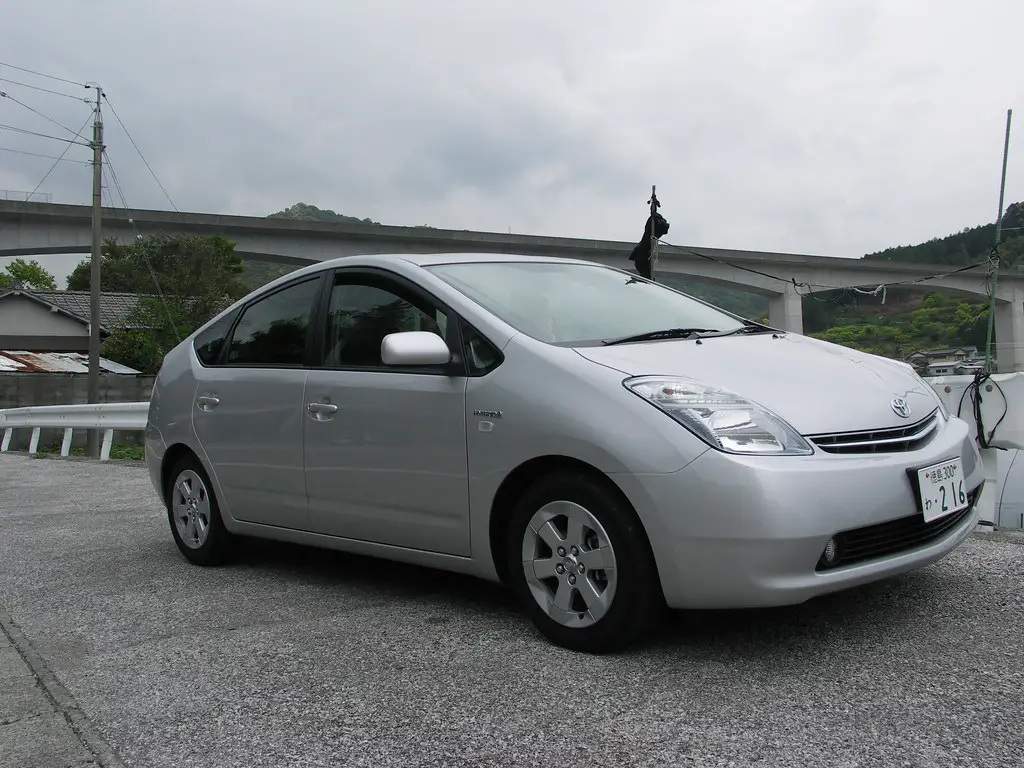
Although, if you don’t find any of these options appealing, you can look into other options like Nissan Rent a Car and ORIX Rent-A-Car.
Route Options from Tokyo to Mount Fuji
Once you have secured a rental car that’s in good condition, it’s time to hit the road! If you are traveling from Shinjuku, you need to take the Chuo Expressway. It is a toll-road which will add on to your trip cost, and it is slightly longer than the other route. This route will take you from Hachioji and Otsuki. On this route, Fuji-Q station will come first and then you can check out Lake Kawaguchi and Lake Sai. You can drive to Gotemba from here then.
You can take the Tomei Expressway (E1) to drive through Kanagawa for a shorter route. The route is pretty flat and roads are straight. As this is also an expressway, there are several tolls en-route. You can add Hakone and Gotemba in this route to include some more beautiful places. To reach Mount Fuji, you can either exit in Gotemba IC or Fuji IC. It will depend on which trail you want to trek.
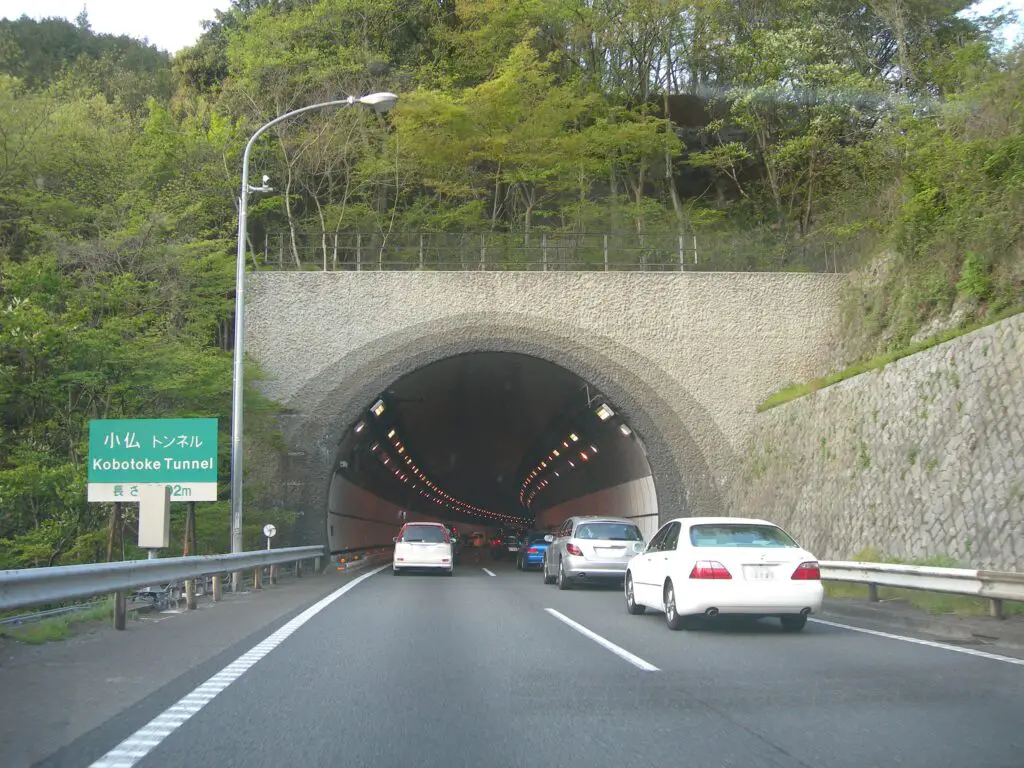
The route isn’t exactly scenic as most of the travel is from suburb regions but there is no doubt about the convenience a rental offers.
An important point to remember when you are planning to drive down to Mount Fuji is to check the traffic restrictions on the official Mount Fuji website. If there are any restrictions due to seasonal variations, then you will need to take the shuttle bus to the 5th Sation from the parking lot for different trails. In general, there are no passenger car restrictions for the Gotemba Trail. You can take your car up to the Gotemba 5th Station.
| Destination Trail | Preferred Driving Route From Tokyo |
| Yoshida Trail | Kawaguchiko Interchange on the Chuo Expressway – Fuji-Subaru Line 5th Station |
| Subashiri Trail | Subashiri Interchange on the Higashi Fujigoko Toll Road – Subashiri 5th Station |
| Gotemba Trail | Subashiri Interchange on the Higashi Fujigoko Toll Road/ Gotemba Interchange on the Tomei Expressway – Mt.Fuji Skyline – Gotemba New 5th Station |
| Fujinomiya Trail | Gotemba Interchange on the Tomei Expressway – Mt. Fuji Skyline – Fujinomiya 5th Station |
Traveling To Mount Fuji From Tokyo by Train
If you aren’t keen on traveling by car or taxi, you can take a train from Tokyo to Mount Fuji. If you don’t find rental cars convenient, you can travel by train and enjoy the beautiful sights on the way! There are multiple train options that you can choose from based on your convenience and budget.
Klook.comRegular Trains (Year-Round) from Tokyo to Mount Fuji
There are several year-round options for traveling from Tokyo to Mount Fuji.
- Fuji Excursion Limited Express Train – Its a recently commissioned train that travels between Shinjuku Station and Kawaguchiko Station. It is a direct train making it a tourists’ favorite, and it only takes about 1 hour 52 minutes. The one-way ticket for this train costs $38.38 (¥4,130). The train also makes a stop at the Mt. Fuji Station.
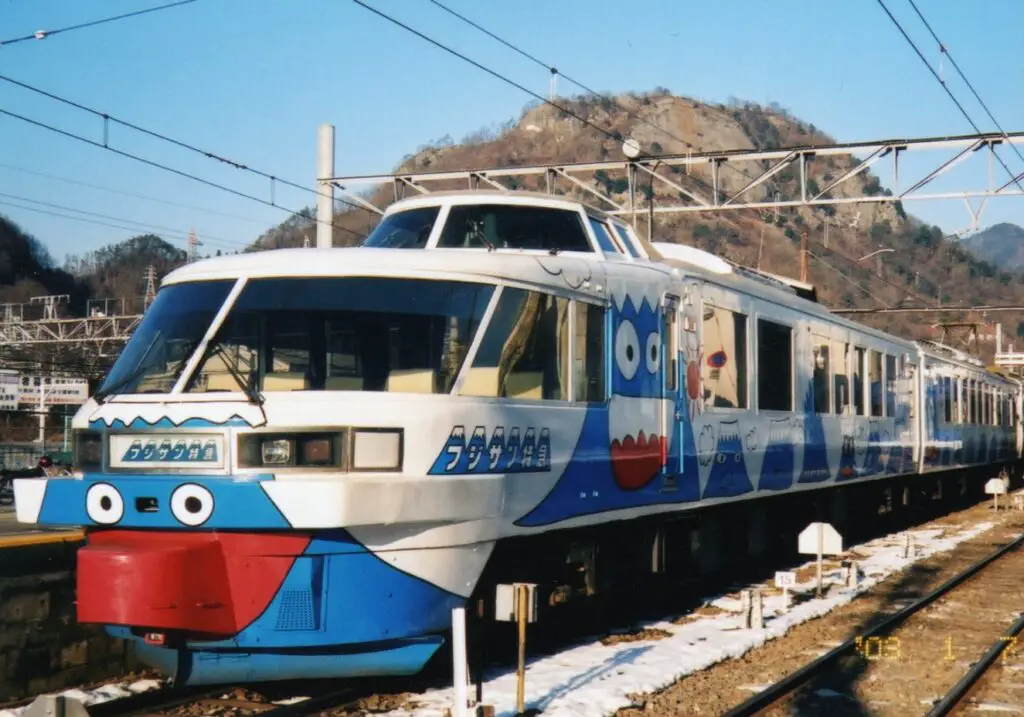
- JR Limited Express Train (Azusa or Kaiji) – The train starts from Shinjuku Station to Otsuki. For Kawaguchiko, you have to then transfer to the Fujikyu Railway. The journey on this train takes about 2.5 hours and costs approximately $30 (¥3,270) – $38 (¥4,130) one way. The cost is dependent on whether you need a transfer or not. It is even affected by the travel day – weekend or weekday.
- JR Chuo Special Rapid Service – It follows the same route, but it takes about 10-20 minutes more than the JR Limited Express Train. It takes about 2 hours 50 minutes and is more economical. The ticket costs approximately $25.19 (¥2,710) each way. If you have a JR Pass, this trip will become free of cost.
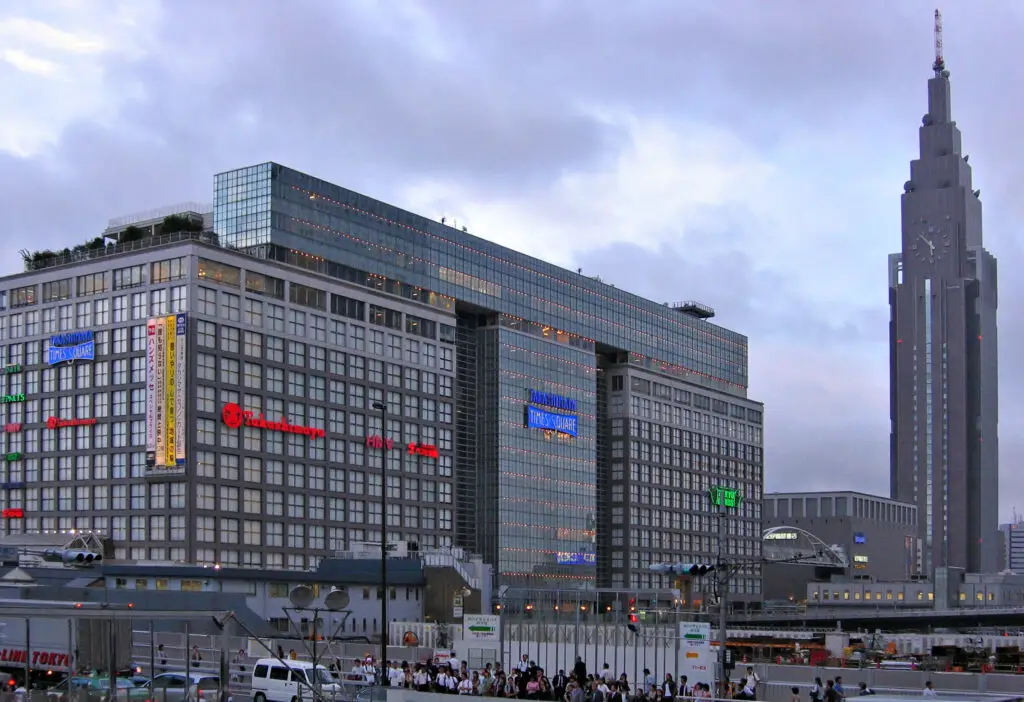
- JR Tokaido Line – It starts from Tokyo Station, and then you have to transfer at Kozu Station to the JR Gotemba Line for Mishima. The overall trip takes approximately 2 hours and $18 (¥1,980). From here, you can then take a local bus to the Subashiri 5th Station. This train is particularly useful for tourists in the climbing season as it will take you to the starting point of Subashiri Trail.
From Kawaguchiko Station, you can take a bus to the Fuji-Subaru Line 5th Station, which will take you to the starting point of Yoshida Trail.
How Much is the Cost of a Train Ride from Tokyo to Mount Fuji?
| Line | Major Stations | Duration | Cost |
| Fuji Excursion Limited Express | Shinjuku station, Kawaguchiko station | 1 hour, 52 mins | $38.38 (¥4,130) |
| Fujikyuko | Otsuki station, Kawaguchiko station | 1 hour | $15.81 (¥1,700) |
| JR Chuo | Shinjuku Station via Otsuki station, Kawaguchiko station | 2 hours 30 mins | $25.19 (¥2,710) |
| JR Tokaido/JR Shonan Shinjuku | Tokyo station, Kozu station, Gotemba station | 2 hours 30 minutes | $18.38 (¥1,980) |
You can buy discount passes during July and November. It will give you unlimited rail access from Otsuki to Kawaguchiko and bus access up to Subaru 5th Station. It costs $34.30 (¥3,700) at Otsuki Station. With this discount pass, you can save up to $6.5 (¥700).
JR Pass – The Japan Rail Pass will allow unlimited travel on JR (Japan Rail) lines all around the country. Tourists can select options between 7 days, 14 days, or 21 days pass.
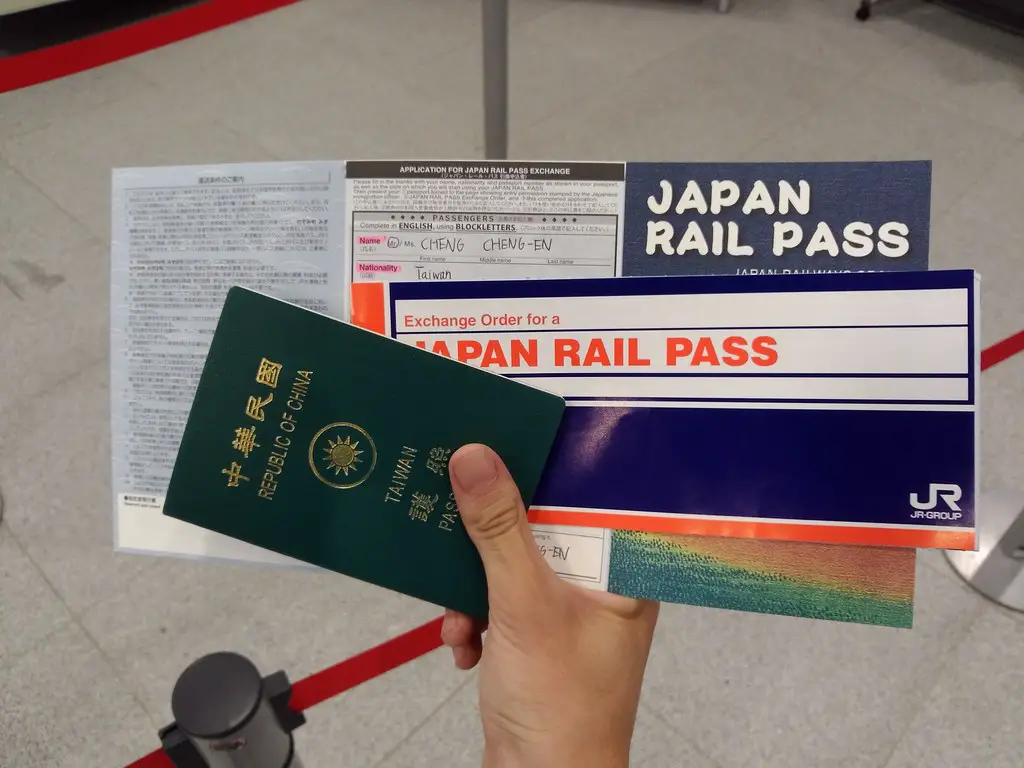
Traveling To Mount Fuji From Tokyo by Bus
Traveling by bus to reach Mount Fuji is the most convenient option and much cheaper than a train journey. Many highway buses are regular on this route, and the best bus will depend on the month of your travel. Certain buses make the trip all year-round and some that are only available during the climbing season.
Year-Round Buses from Tokyo to Mount Fuji
For general visitors of Fuji-san, there are year-round bus services that operate between Shinjuku-Shibuya-Tokyo and the broader Fuji area. Some of the important major drop-off points around the mountain are Kawaguchiko Station, Fuji-San Station, Fuji-Q Highland, and Lake Yamanakako. These buses run are not dependent on the climbing season.
You can choose to get down at either Kawaguchiko or Yamanakako to explore the lakes and hot-springs around Mount Fuji.
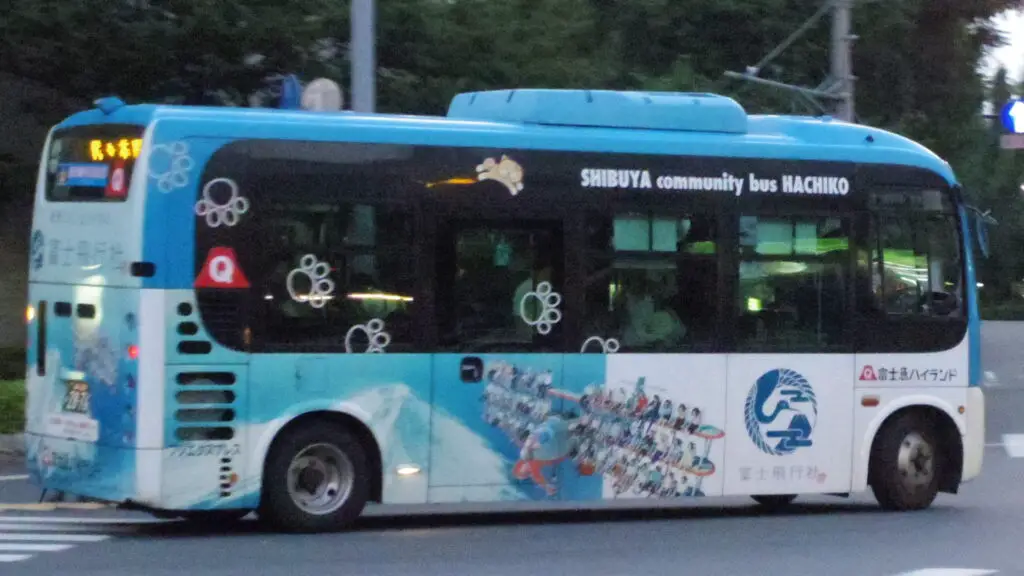
The best and direct way of getting to Mount Fuji by a bus from Tokyo is taking the Fujigoko (5-Lakes)/ Fuji Subaru Line 5th station. The bus departs from Shinjuku Station in Tokyo and stops at Fuji-Q Highland, Mt. Fuji Station, Kawaguchiko Station, and Fujisan Station.
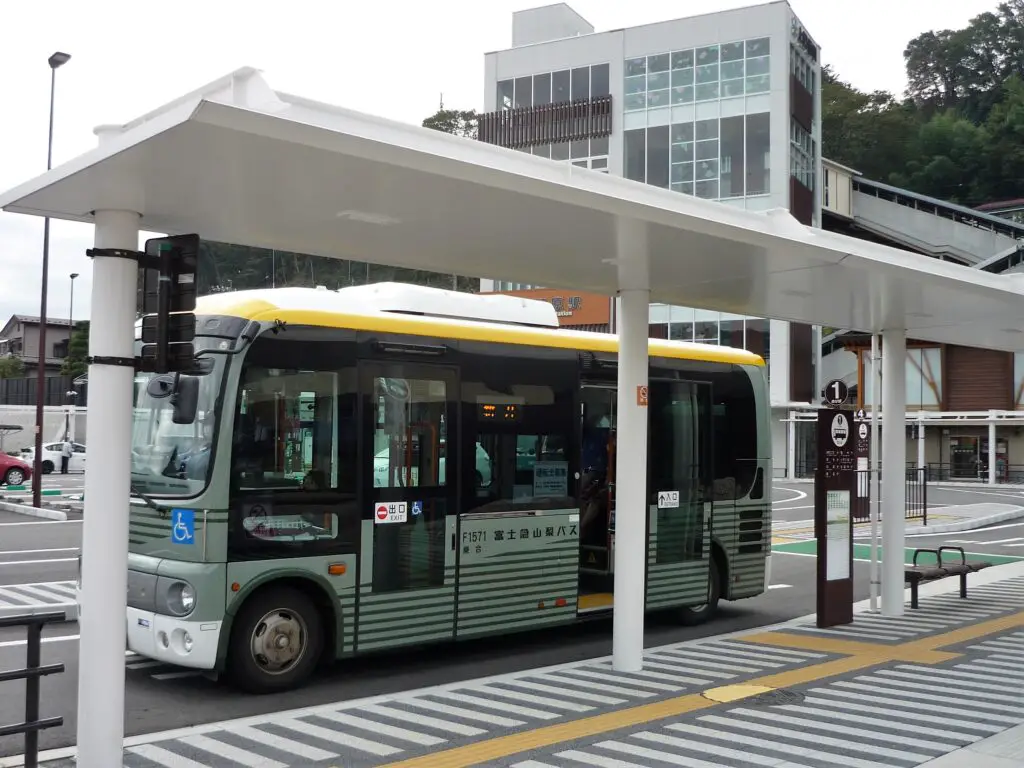
You can also take the Mt. Fuji Station/Kawaguchiko-Shibuya Line. You can board the express bus at Shibuya (Mark City) Station. The bus stops at Fuji-Q Highland Station, Kawaguchiko Station, and Fujisan Station. The journey takes approximately 2 hours one way.
Special Buses from Tokyo to Mount Fuji in the Climbing Season
Mount Fuji climbing season runs from July to mid-September. During the climbing season, climbers can take a bus from Shinjuku Expressway Bus Terminal. It is a direct bus that will drop you off to the 5th Station on Fuji Subaru Line One. The Fuji Subaru Line One is a popular tourist hotspot and a starting point for different sunrise hikes on the Yoshida Trail.
It is important to note that the hike to the Mount Fuji should only be attempted during the official climbing season. The trails are off-limits in all other times.
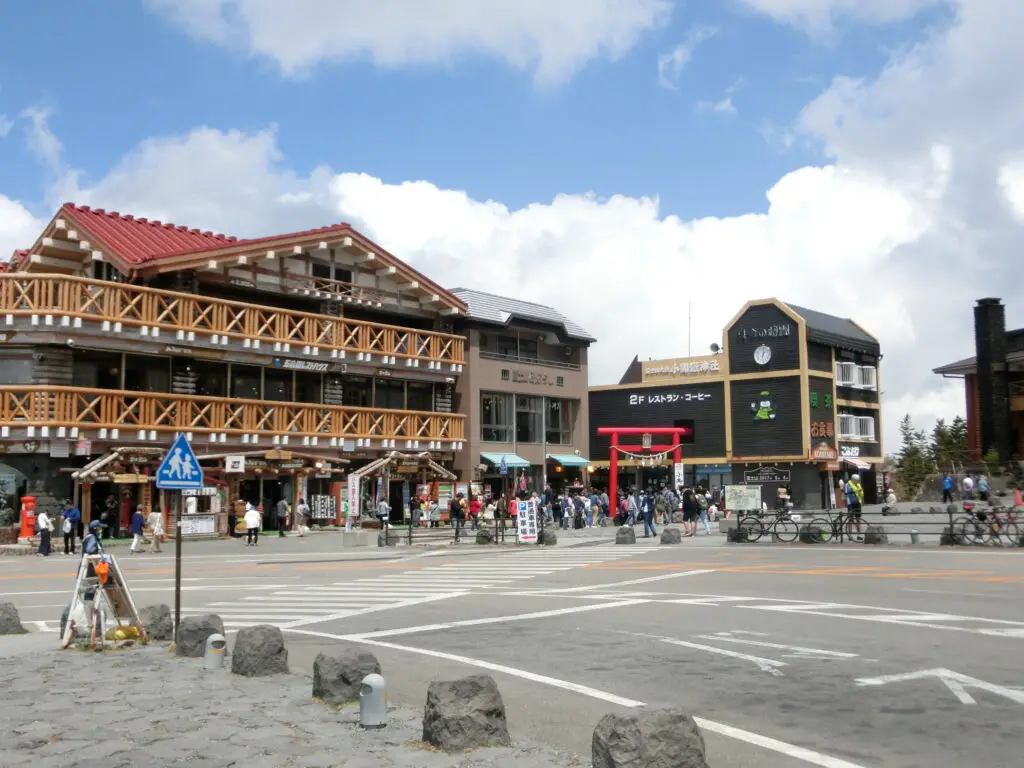
How Much Does A Bus Trip from Tokyo to Mount Fuji Costs?
Most buses take about 2 hours from Tokyo to the closest station to Mount Fuji. The fare starts from ¥2,000 and it can be higher if you choose to travel by a night bus.
| Line | Major Station Stops | Duration | Cost |
| Fuji-Goko/ Fuji Subaru Line | Shinjuku Station, Fujisan station, Fuji-Q Highland station, Kawaguchiko Station | 2 hours | $18.60 (¥2,000) for single trip |
| Mt. Fuji Station/ Kawaguchiko Line | Shibuya (Mark City) station, Fuji-Q Highland station, Kawaguchiko Station, Fujisan Station | 2 hours | $18.60 (¥2,000) for single trip |
| Special Bus in Climbing Season | Shinjuku (Tokyo) to 5th Station (Mount Fuji) | 2.5 hours | $27.40 (¥2,950) for single trip |
How to Buy Bus Tickets to Mount Fuji
You can purchase the bus tickets at the various bus terminals in Tokyo. Alternatively, you can make online reservations on sites such as Willer Express and Kosoku Bus. Another reliable online booking site to Mount Fuji is Highwaybuses.jp. Better yet, you can get the Mt Fuji Pass that lets you enjoy unlimited bus and train rides around the Mount Fuji area. The pass also includes entrance tickets and exclusive deals for amusement facilities.
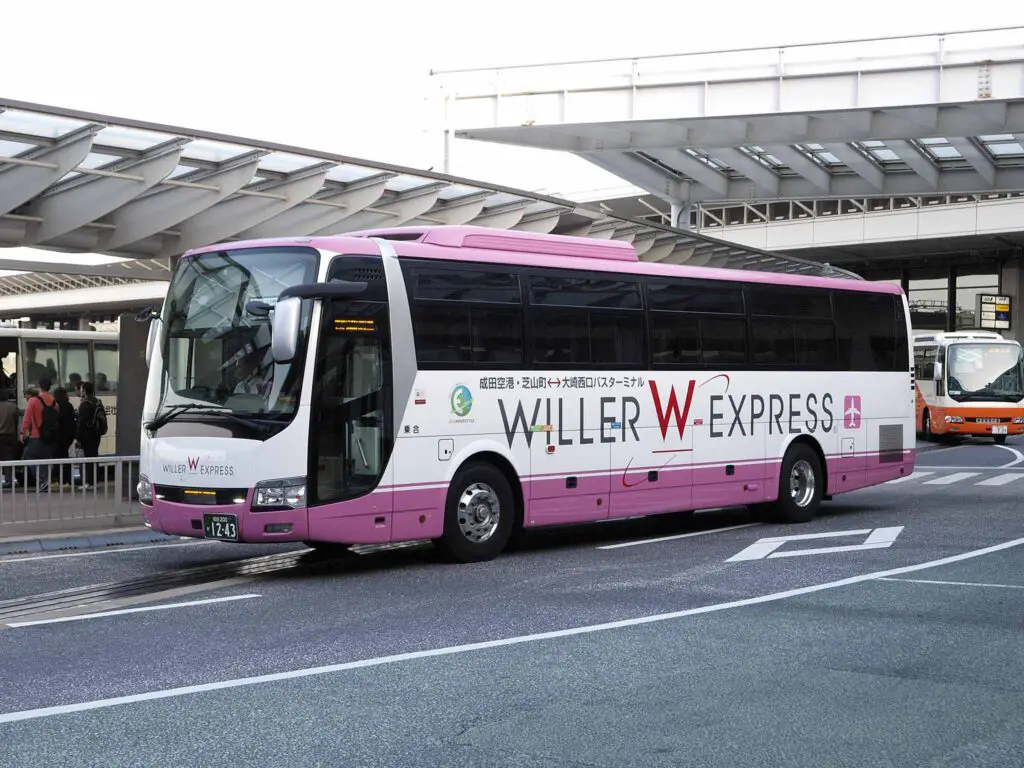
Air Travel to Mount Fuji from Tokyo
There are no scheduled commercial flights from Tokyo to Mount Fuji, as the area does not have a passenger airport. However, visitors can still experience Mount Fuji from the air by booking a private sightseeing flight.
Several operators offer scenic aerial tours, including a Guided Helicopter Ride with Mount Fuji option and a Mt. Fuji Sightseeing Flight. These flights typically last around 90 minutes and provide spectacular views of Mount Fuji, nearby lakes, and the surrounding countryside. Prices generally start at around $150, depending on the route and aircraft type.
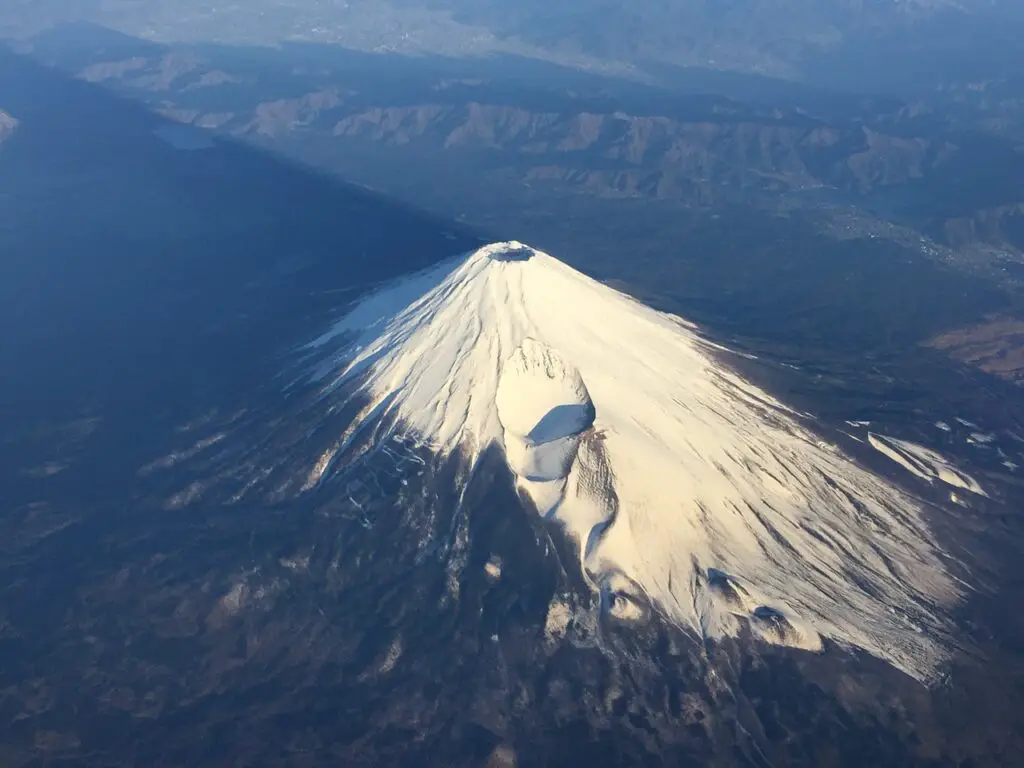
Hiking to Mount Fuji from Tokyo
If you are seeking adventure, you can trek to Mount Fuji on foot from Tokyo! It will be a long hike taking approximately 29 hours, and that’s without taking any breaks. The total distance between the two places is about 124 kilometers. It is not an option that many will prefer traveling via car, bus, or even the train is more convenient and much faster.
Mount Fuji Hiking Trails
Four trails lead to the peak of Mount Fuji. Each of the four trails has their own starting points.
| Trail | Ascend Time | Descend Time | Elevation at Starting Point |
| Yoshida | 6 hours | 4 hours | 2,300 metres |
| Subashiri | 6 hours | 3 hours | 2,000 metres |
| Fujinomiya | 5 hours | 3 hours | 2,400 metres |
| Gotemba | 7 hours | 3 hours | 1,450 metres |
Yoshida Trail
Yoshida Trail is the most popular hiking trail on Mount Fuji. It’s a beginner’s favorite and has many inns, three rescue stations along the way. It takes around 6 hours to ascend and about 4 hours to descend on the trail.
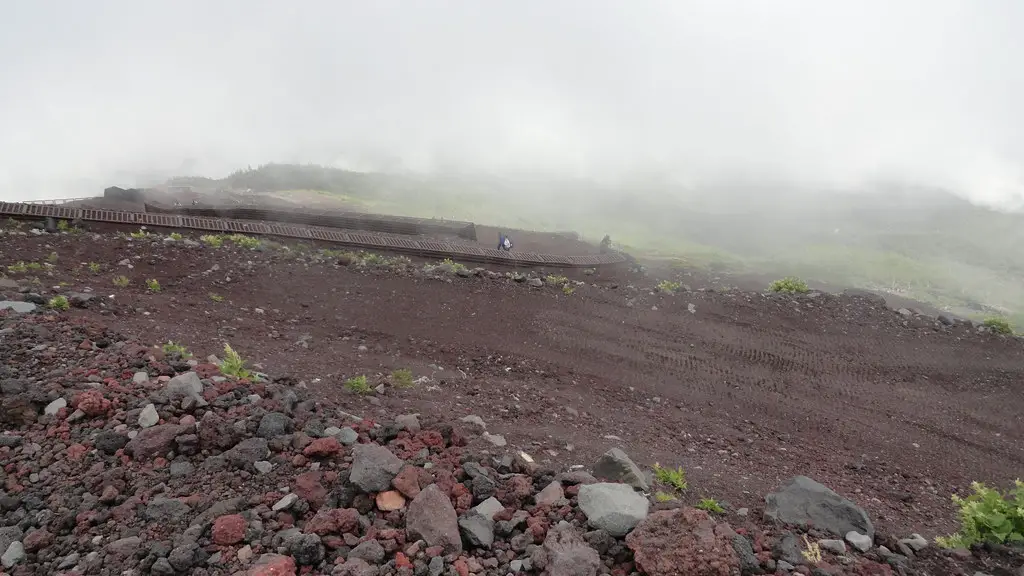
Subashiri Trail
Next is the Subashiri Trail, which is quite challenging as compared to the Yoshida Trail. It is less crowded, and on a good day, you may even catch the magnificent sunrise on the mountain. The ascent time on the Subashiri Trail is 6 hours, while descent takes 3 hours.

Fujinomiya Trail
Another hike that you can try on Mount Fuji is the Fujinomiya Trail. It takes about 5 hours to ascend and 3 hours to descend. The trail is characterized by loose terrain and steep slopes, making it a difficult trail to trek. An interesting fact about the trail is that the same path is used for ascent and descent.
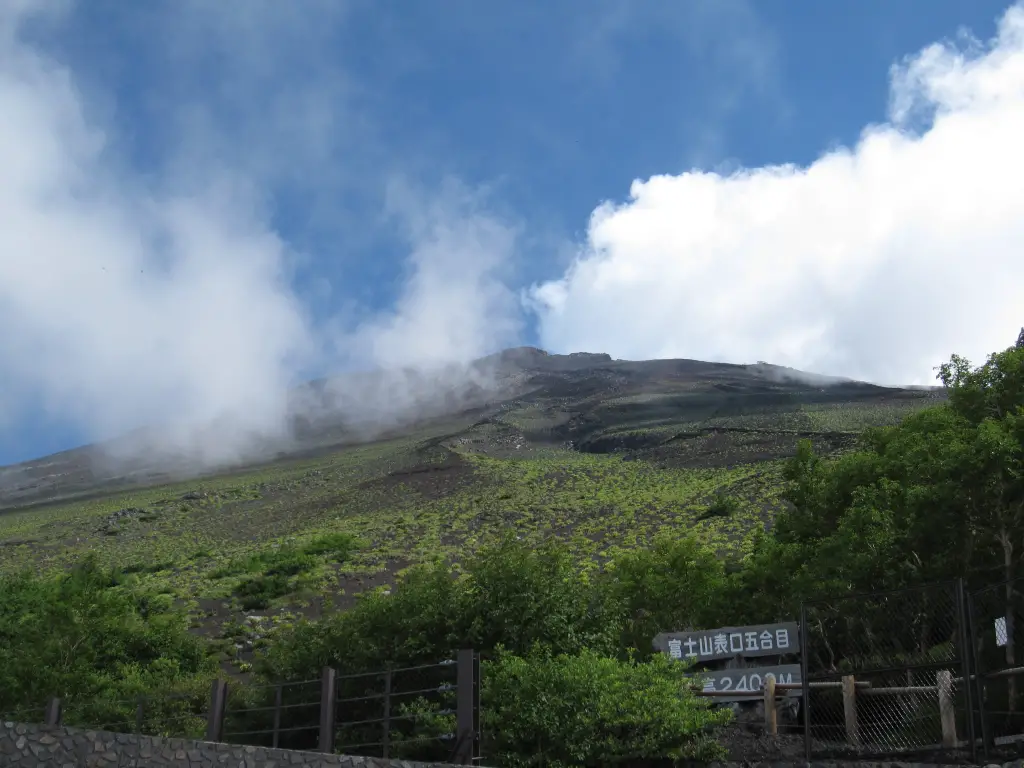
Gotemba Trail
Last but definitely not least is the Gotemba trail. It’s the hardest to conquer trail with no rescue stations or bathroom stops on the trail. You have to carry your supplies of food and water that will last through the hike. It takes about 7 hours to ascend and approximately 3 hours to descend.
Is Mount Fuji Visible from Tokyo?
Mount Fuji is visible from Tokyo, especially on clear days. If you aren’t able to make the trip to Mount Fuji, you can see the mountain from either Bunkyo Civic Centre and Mount Takao (Takaosan) in Tokyo. You can even see Mount Fuji from the city’s observation decks. Some of these decks include Tokyo Tower’s Observatory, Haneda Airport International Passenger Terminal, the SkyTree’s Observation Deck, and the Roppongi Hills.
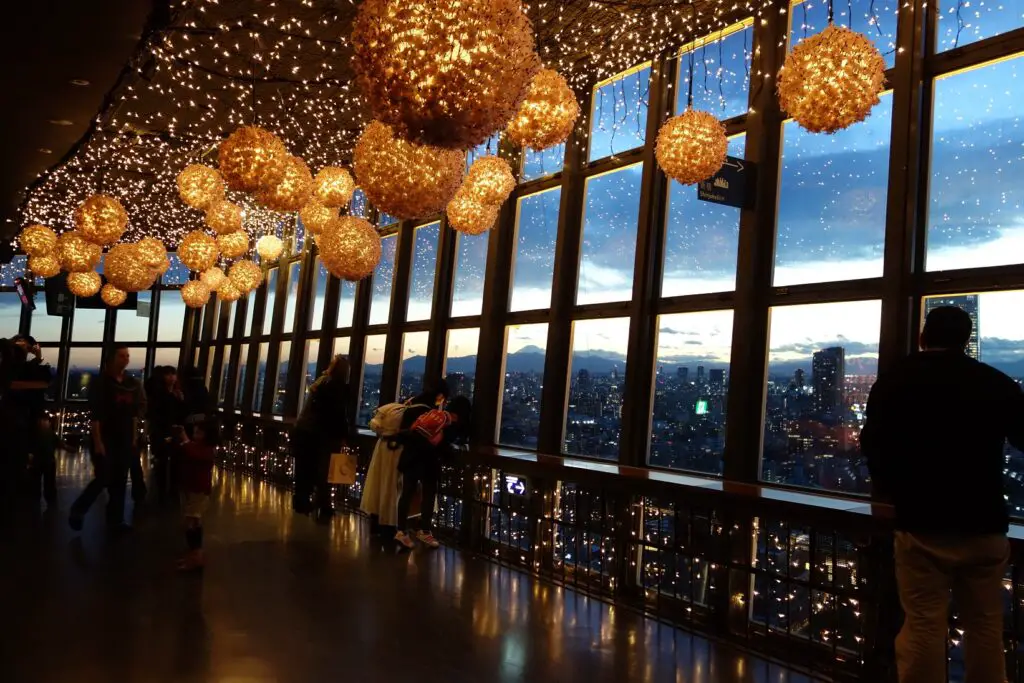
Conclusion
A trip to Mount Fuji is one you wouldn’t want to miss when you are traveling to Japan. We believe our comprehensive travel guide from Tokyo to Mount Fuji will make your trip more enjoyable. You can relax and appreciate this magnificent Japanese heritage. Whether you choose to travel by rail, road, air, or on foot, a trip to Mount Fuji is definitely the one you will live to remember!



